🎎 Plan your trip to Japan
- How to Organize a Trip to Japan
- ESIM data card to have internet on your trip
- Travel Insurance
- Find cheap flights
- Get the Klook Pass Tokyo
- Get your JR Pass here
- Greetings in Japanese
- Buy your ticket for Universal Studios Japan
- How to get to Osaka from Kansai Airport
- How does transportation work in Tokyo?
- How to get from Narita Airport to central Tokyo
- Travel to Osaka
- Travel to Kyoto
- Travel to Fukuoka

Welcome to the ultimate guide to eating in Japan! If you are planning a trip to Japan or simply want to learn more about its delicious cuisine, you have come to the right place.
In this guide, we will take you on a tour of the dishes that you must try, from the rich ramen to the freshest sushi you can imagine. In addition, we offer you Recommendations of our favorite places to eat and tips on prices.
Japanese cuisine is varied and based on fresh, seasonal ingredients. Its main ingredients include rice, fish, soybeans and a wide range of traditional dishes. Eating in Japan not only means enjoying its incredible flavours, but also getting to know the customs and etiquette that accompany each meal.
Eating in Japan: Practical Tips
The Your experience of eating in Japan will be easier if you know some tips and certain rules to follow.
Always carry cash
In Japan, the use of cash is predominant. Many restaurants, especially The smallest ones or those located in rural areas do not accept credit cards.It is essential to carry enough cash to avoid inconvenience.
- The ATMs may be scarce in some areas, especially in villages.
- The best options to withdraw money are Seven Eleven ATMs.
- It is advisable to take into account the average cost of dishes to calculate how much cash you need to carry.

Watch out for the Meal Ticket Machines
When you go to eat at fast food places in Japan, Be careful because in many cases you have to first take a ticket from one of those vending machines before ordering.You may come across some that only have Japanese text and no drawings, which can be a hassle, but Most of them come with photos and prices, so it will be easier for you. If you've never seen these machines, get ready to be blown away!

Electronic menus
In many restaurants in Japan, especially izakayas, you will find iPads or touch screens to place your food and drink orders. It's super convenient, you can order whatever you want from your table without having to call the waiter or get up. If you don't know Japanese, it's also a relief, because you avoid the awkward moment of trying to make yourself understood by the waiter (although now the challenge will be to understand all the options on the screen). When you have finished eating, Normally you pay on departure as they have your bill ready. by table number and iPad through which you ordered.
For restaurants, these electronic menus are the best because they can Update the menu on the fly, add cool photos of the dishes and add temporary offers without complicating your life with physical letters full of crossed out lines and stickers. A real win-win!

Try to Try Local Dishes
Trying local cuisine is one of the best ways to immerse yourself in Japanese culture. Each region has unique specialties that are worth tasting.
- Traditional dishes, like okonomiyaki in Hiroshima or ramen in Fukuoka, are tangible examples of the country's culinary diversity.
- The local markets They are ideal for exploring and enjoying regional dishes.

What to Avoid When Eating in Japan
To fully enjoy food in Japan, it is important to know some guidelines that may be considered inappropriate.
- Leave a tip, since this can be interpreted as an insult. You should not leave a tip, since the quality of service is already included in the price.
- Do not stick your chopsticks into the rice., since it is associated with funeral rituals.
- It is recommended Do not use your mobile phone at the table during the meal, to show respect to other diners.
Phrases of gratitude in Japanese at mealtime
The Phrases used at the beginning and end of a meal They are of utmost importance and demonstrate respect for the food and the effort of those who prepared it.
- Before starting to eat, it is said «Itadakimasu», which expresses gratitude for the food to be enjoyed.
- At the end, it is used «Gochisosama deshita», a way to thank the chef for his efforts and the act of sharing food.
Typical Japanese food
If there's one thing that makes a trip to Japan unforgettable, it's its food. From traditional dishes to culinary gems, Japan has something for everyone. If you are a food lover, get ready to discover flavors that will have you coming back for more. 😋
Top 10 Japanese Foods to Eat in Japan if You Don't Like Sushi
Okonomiyaki: The Japanese Crepe
Okonomiyaki is an iconic dish consisting of a flour-based batter mixed with various ingredients. This “okonomiyaki” means “cooked to your liking” in Japanese, reflecting the freedom of customization it offers.
Common ingredients include cabbage, pork, seafood and cheese. Each region of Japan has its own version, with Osaka and Hiroshima being the most famous.It is cooked on a hot griddle, where it is shaped and sauces, such as takoyaki sauce or Japanese mayonnaise, are added at the end. Its texture is crispy on the outside and soft on the inside.

Ramen: The soup that conquers you
Ramen is a Authentic Japanese delicacy that will blow your mindImagine noodles in a broth that can range from mild with soy to more powerful with pork bones. And the best part is the toppings: juicy chunks of pork, eggs with runny yolks, bamboo shoots, fresh chives, and much more!
Every spoonful of ramen is a feast of flavors and textures that will make you feel like you're in Japan. Whether in a small restaurant or a specialized place, enjoying a good ramen is an experience you have to live.

Broth is a key component of ramen, and there are different types that vary by region and style. Below are the main types of broth:
- Shoyu: A soy sauce-based broth that provides a salty, umami flavor, commonly used in areas such as Tokyo.
- Miso: A broth made from miso paste, which gives it a deep, slightly sweet flavour. It is popular in Hokkaido.
- Tonkotsu: A creamy, opaque broth made from slow-cooked pork bones, a signature of Fukuoka. Its rich texture is highly appreciated.
- Curry: A combination of broth and curry flavours, creating a spicy and aromatic culinary experience that has gained popularity in recent years.

Regions Famous for Ramen
Japan has several regions famous for their unique style of ramen, reflecting the richness and diversity of its cuisine. Some of the most notable are:
- Tokyo: Known for its shoyu ramen, which features a clear, flavorful broth.
- Hokkaido: It is distinguished by its miso ramen, which is thicker and adapted to the cold climate of the region.
- Fukuoka: Famous for its tonkotsu ramen, which has a rich and creamy texture, ideal for lovers of intense flavors.
- Osaka: Known for fusing different styles, offering a variety that includes curry ramen and thick noodle ramen.

Yakitori: Flavor on Every Skewer!
Yakitori is one of those Japanese dishes that you can't pass up. These are grilled chicken skewers, but don't think it's a simple thing. The Japanese use the whole chicken: thighs, breast, skin, heart, liver, and even cartilage. Everything is cooked over coals, which gives it a smoky, delicious touch. The skewers often come with a sweet sauce called tare, made from soy sauce, mirin, sake, and sugar, which gives it an unmistakable flavor. You can enjoy yakitori as a street snack, or at a local izakaya with a cold beer.
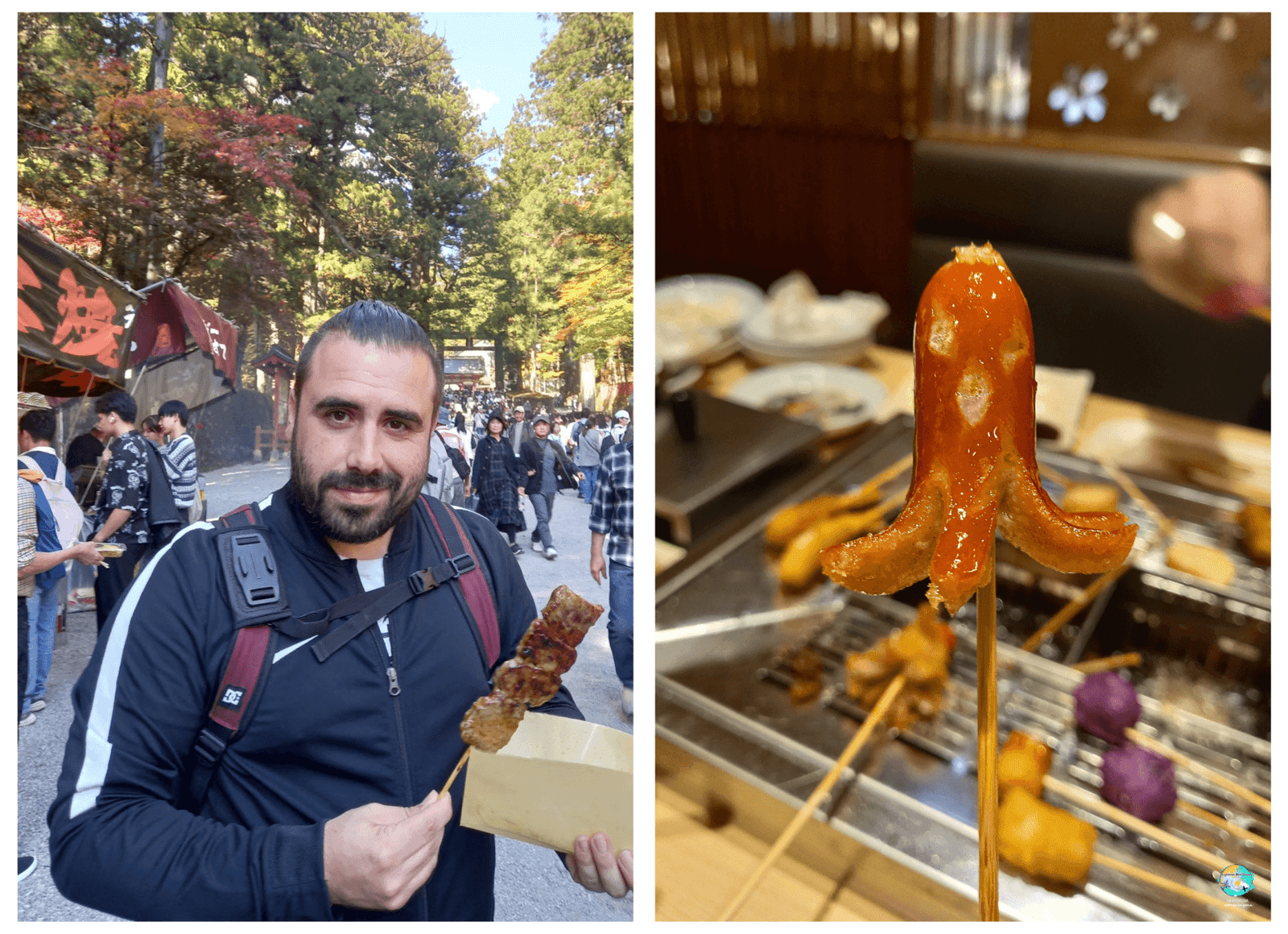
Yakiniku: Japanese Barbecue
Yakiniku translates as “grilled meat” and is a very popular cooking style in Japan. This technique consists of cooking different types of meat, usually beef, on a grill or over a charcoal fire. It is usually served with various accompaniments and sauces that enhance the flavor of the meat.
This dish is common at family and friends gatherings, making it a social and gastronomic experience. Diners often cook their own meat at the table, allowing for interactive cooking. The most commonly used meats include:
- Beef: The most popular, especially cuts like ribeye and sirloin.
- Pork and chicken: They are also frequently roasted and provide different flavors.
- Vegetables: such as peppers and zucchini, which are grilled along with the meat.

Japanese Fried Chicken
Japanese fried chicken, known as "karaage", is another iconic dish that has gained popularity both in Japan and abroad. It is made by cutting chicken pieces into small pieces, which are marinated in a mixture of soy sauce, ginger and garlic before being battered and fried to golden brown perfection.
Karaage is typically served with lemon slices and a mayonnaise sauce, presenting a contrast of flavors that highlights the crispness of the chicken. This dish is widely consumed as an appetizer or in bento, where it is combined with rice and vegetables. Among its main characteristics are:
- Marinade that enhances the flavor of the chicken.
- Light and crispy batter.
- Versatility in presentation and accompaniments.

Omurice
Omurice is a Japanese dish that mixes fried rice with ketchup wrapped in a soft layer of scrambled egg. The name “omurice” is a combination of “omelette” (omelette) and “rice” (rice). In this dish, rice is cooked together with meat (such as chicken, beef, or pork), vegetables, and tomato sauce, giving it a slightly sweet and tangy flavor. It is then topped with a delicate, fluffy scrambled egg that is folded over the rice, holding its shape. Omurice is often garnished with a light coating of ketchup or Worcestershire sauce for an extra boost of flavor. It is an easy-to-make, yet flavorful dish that is popular in both homes and restaurants in Japan.
Tonkatsu: The Crac-crac of the little pig
A juicy breaded and fried pork chop, crispy on the outside and tender on the inside. It is served with a mountain of chopped cabbage, white rice and a special sauce that gives it that irresistible touch. It is the epitome of Japanese comfort food. 😍

Japanese Pancakes: The fluffiest
These pancakes (also known as pancakes Japanese) They are incredibly fluffy, as if you were biting into a cloud. They are served stacked high and are usually accompanied by syrup, fruit, and a generous portion of whipped cream. Perfect for a breakfast or snack that will leave you with a smile on your face. Sweetness in every bite!

Tempura
The tempura It is one of the most iconic dishes of Japanese cuisine and is known for its crispy and light texture, as well as its versatile flavour. It is perfect for those trying Japanese food for the first time, as it combines simplicity with an irresistible flavour.
The secret of tempura is in its batter, which is much lighter than that used in fried dishes such as fish and chips. This allows the coating to be crispy without overpowering the natural flavour of the ingredients. The most common ingredients are prawns and a variety of seasonal vegetables such as sweet potato, pumpkin, eggplant, green beans or yam. If you love fried and crispy dishes, but with a more refined touch, tempura is an option you can't miss!
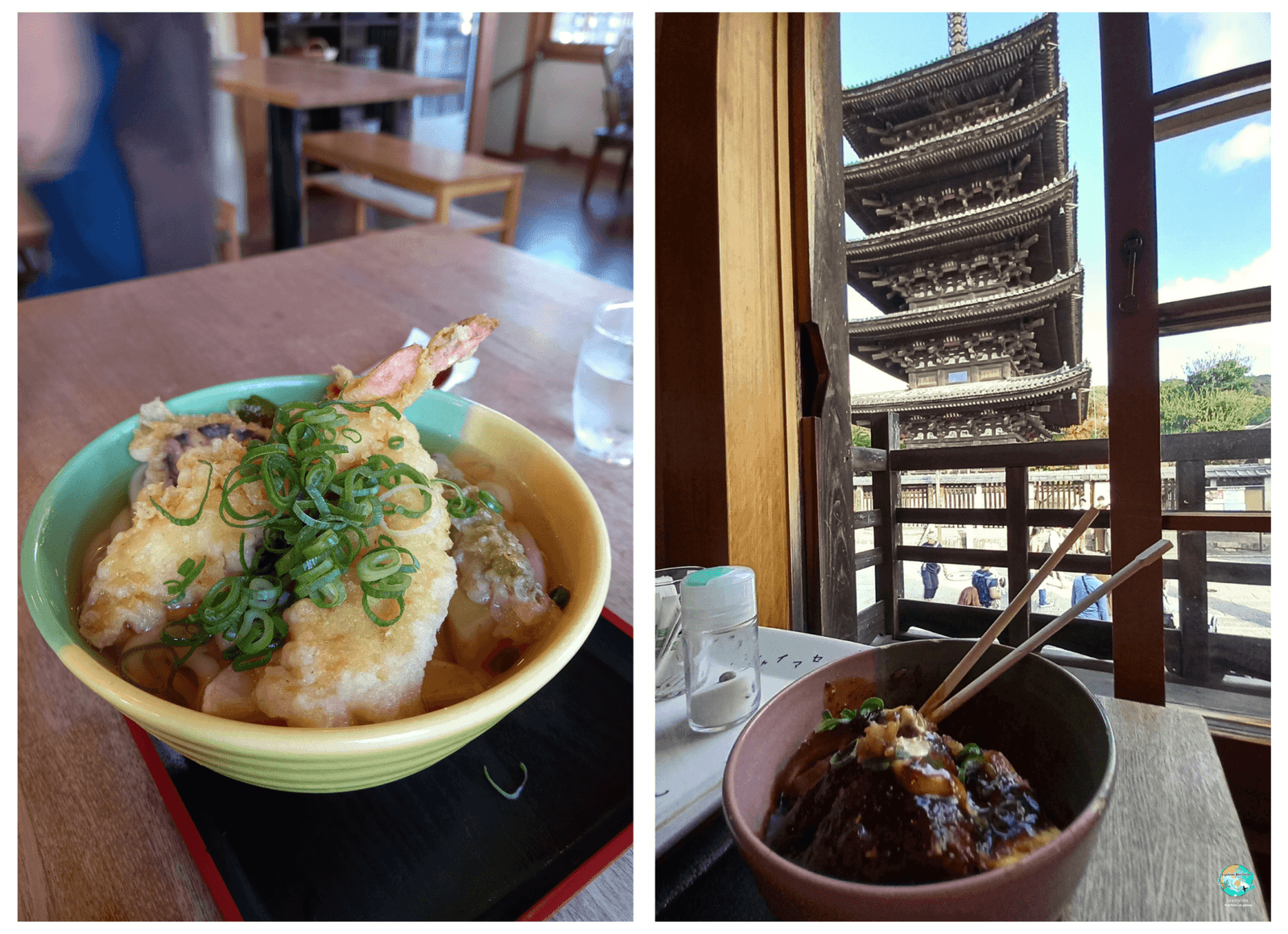
Gyoza
The gyoza are another one of those Japanese dishes that you have to try if you visit Japan. These delicious dumplings are often served as an appetizer or side dish, especially in sushi restaurants or izakayas.
Gyoza is the Japanese version of the classic dumplings, very similar to jiaozi Chinese: They are usually filled with minced pork, cabbage, scallions, garlic and ginger, although you can also find vegetarian options.

Types of Sushi: Beyond Nigiri

Nigiri
Nigiri consists of a small ball of vinegared rice, usually with a portion of raw fish or seafood on top. This combination brings out the flavor of the fish while the rice provides a smooth texture and a slight hint of acidity. It can be found in several varieties, each with different types of fish and ingredients.

Sashimi
Sashimi, on the other hand, consists solely of thin slices of raw fish, usually served with wasabi and soy sauce. This dish highlights the purity and freshness of the fish, allowing each bite to be a unique and delicate experience. As it is a dish without rice, it focuses entirely on the quality of the fish.
Maki
These are rice and other ingredients, such as fish or vegetables, rolled in nori seaweed. Makis can be of various types, such as hosomaki (thin) or uramaki (where the rice is on the outside).

Temaki
A cone-shaped sushi, where the ingredients are wrapped in a sheet of nori, making it ideal for eating with your hands. This type allows you to enjoy the flavours in a more informal way.
Where to eat in Japan
The culinary experience in Japan is enriched by its many restaurants, each offering unique specialties that reflect the diversity of its cuisine. From casual joints to high-end establishments, the choice is vast and fascinating.
Sushi Restaurants
Sushi restaurants are central to Japanese food culture. They range from small local establishments to large chains. Customers can enjoy unique experiences, where the freshness of the fish is essential. There are different types of sushi to try, and the best restaurants have specialized chefs who handle top-quality ingredients.
- Sushi Bar: With a counter where diners can watch the chefs at work, an intimate and hands-on experience is provided. This type of restaurant is ideal for enjoying fresh nigiri sushi and sashimi.
- Sushi Restaurants: These locations offer sushi prepared in full view, resulting in an interactive experience. Customers can customize their orders and learn about each dish.
Izakayas: Japanese taverns
Izakayas are taverns that offer a relaxed and welcoming atmosphere to enjoy a wide range of dishes. Various tapas are served to complement the drinks, allowing sharing among friends. It is an ideal place to try a variety of flavors without the need for a formal menu.
- Variety of Dishes: At an izakaya you can find everything from yakitori (chicken skewers) to sashimi, offering an authentic taste of Japanese cuisine.
- Informal Atmosphere: Izakayas are often vibrant places, perfect for relaxing after a long day. Here, diners can enjoy each other's company while sampling a variety of dishes.
- Typical Drinks: It is common to accompany your meal with a Japanese beer or sake. This pairing further enriches the gastronomic experience.
Eating cheap in Japan
Save while you eat! Free tea and water at Japanese restaurants
In Japanese restaurants, it is very common to be served tea and water for free. When you sit down, you will almost always be brought a glass of cold water or a cup of hot tea, depending on the season, and you can ask for refills as many times as you like at no extra cost. It is a nice touch that makes the experience of eating in Japan even more pleasant and welcoming.
Chains and fast food - The best option for cheap eating in Japan
When it comes to fast food in Japan, the options are almost endless and go far beyond the typical burger joint. Japanese chains offer an incredible variety of dishes that are fast, tasty, and in many cases, quite healthy. This is just a small list of our favorites… and it will continue to grow as we update!
Yoshinoya
For me, the queen of gyudon, a bowl of rice topped with beef in sauce. It's a quick, cheap, and delicious meal that you can find on almost every corner in Japan. Perfect for when you're in a hurry but want something hot and filling. It's a super important chain in Japan and you can find it in all the big cities!



- Shibuya Park: The Ultimate Guide
- Attack on Titan (Shingeki no Kyojin): visiting HITA
- Pikachu Sweets by Pokemon Cafe in Ikebukuro – Tokyo
- Sanrio Puroland: The definitive guide to visiting the Hello Kitty theme park
- Universal Studios Japan: First-Time Visitor’s Guide – Buying Tickets, Transportation…
- Pompompurin Cafe in Harajuku
- Donguri – Ghibl’s official stores
CURRY HOUSE COCO ICHIBANYA
Specializing in Japanese curry, CoCo Ichibanya is the place where you can customize your curry dish down to the smallest detail: the level of spiciness, the ingredients and the amount of rice. It's an experience that allows you to enjoy a classic Japanese curry dish, made just for you. Same as Yoshinoya, there are many throughout Japan, making it a great option!
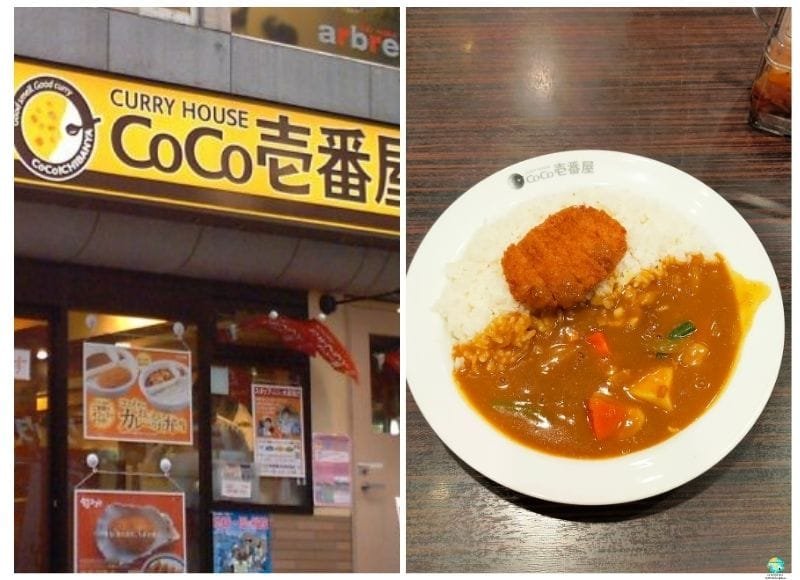
McDonald's
McDonald's in Japan is awesome: Not only will you find classics like the Big Mac, but there are also some pretty crazy options. Try the Teriyaki McBurger with its teriyaki sauce or the Ebi Filet-O, a breaded shrimp burger. They also have seasonal editions that change with the seasons, such as pink burgers for sakura or ice cream with matcha. The cleanliness and service are top notch, so if you're in Japan and want something quick, McDonald's is a must with a local touch that you won't want to miss.

KURA SUSHI
Kura Sushi in Japan is a total success: is a rotating sushi paradise with a super cool ordering system. Not only do you feast on fresh nigiri, maki and sashimi here, but you can also order whatever you want via a tablet at the table. The best thing is that everything goes on a conveyor belt that rotates around the restaurant, so you can grab whatever you fancy while you chat! Plus, they have promotions and special menus that change regularly, so there's always something new to try. If you're craving uncomplicated sushi with a fun twist, Kura Sushi is the perfect place to do it. My favorites are Kura sushi Asakusa and Kura sushi Harajuku.


MOS BURGER
If you fancy a burger with a twist, this is your place. The classic MOS Burger It comes with a juicy meat and a minced meat sauce that is amazing, but what is really cool is the Rice Burger, where bread is replaced by pressed rice. Plus, they use fresh ingredients that make everything taste amazing. If you're around and you're craving something quick and delicious, MOS Burger is the place to visit.

I love this restaurant, more specifically the Coco's AkihabaraThere is no better plan than spending the afternoon buying figures and geeking out in Akihabara and going out to have a delicious steak or a super creamy pasta!

One of their star dishes is the Hamburg Steak Foil Pack (Beef Stew Style), which is a real treat: a juicy hamburger steak and tender beef cooked in a stew sauce, with a touch of Madeira wine. Another must-try is the Beef Hamburg Steak, with a 100% beef burger that stands out for its thick texture and juiciness.
Additionally, at CoCo's you will find a wide variety of pastas, Japanese food combinations and pizzas. They also have a Premium Drink Bar with several drink options and a low-allergen menu for children. It is the perfect place to enjoy a quick and tasty meal, whatever your taste.
One of their star dishes is the “Oishii Ramen”, which literally means “Delicious Ramen”. They usually have a ticket machine to order, and it is super cheap considering that the menu comes with gyozas, which, by the way, are delicious! My favorite is in Akihabara, Dotombori Kamukura, here is the address.

Omakase- A Unique Eating Experience in Japan
An experience that has become more and more The most popular dish in Japan is omakase, which means "letting yourself go" In this type of dining, diners rely on the chef to select and prepare a range of dishes, tailoring the experience to the fresh ingredients of the day and the customer's preferences.
Omakase is especially common in sushi, where the chef selects the freshest fish and presents it in an exceptional way. This experience allows diners to enjoy flavours they might not have chosen on their own. The act of trusting the chef's skill becomes a deeply personal and satisfying experience.
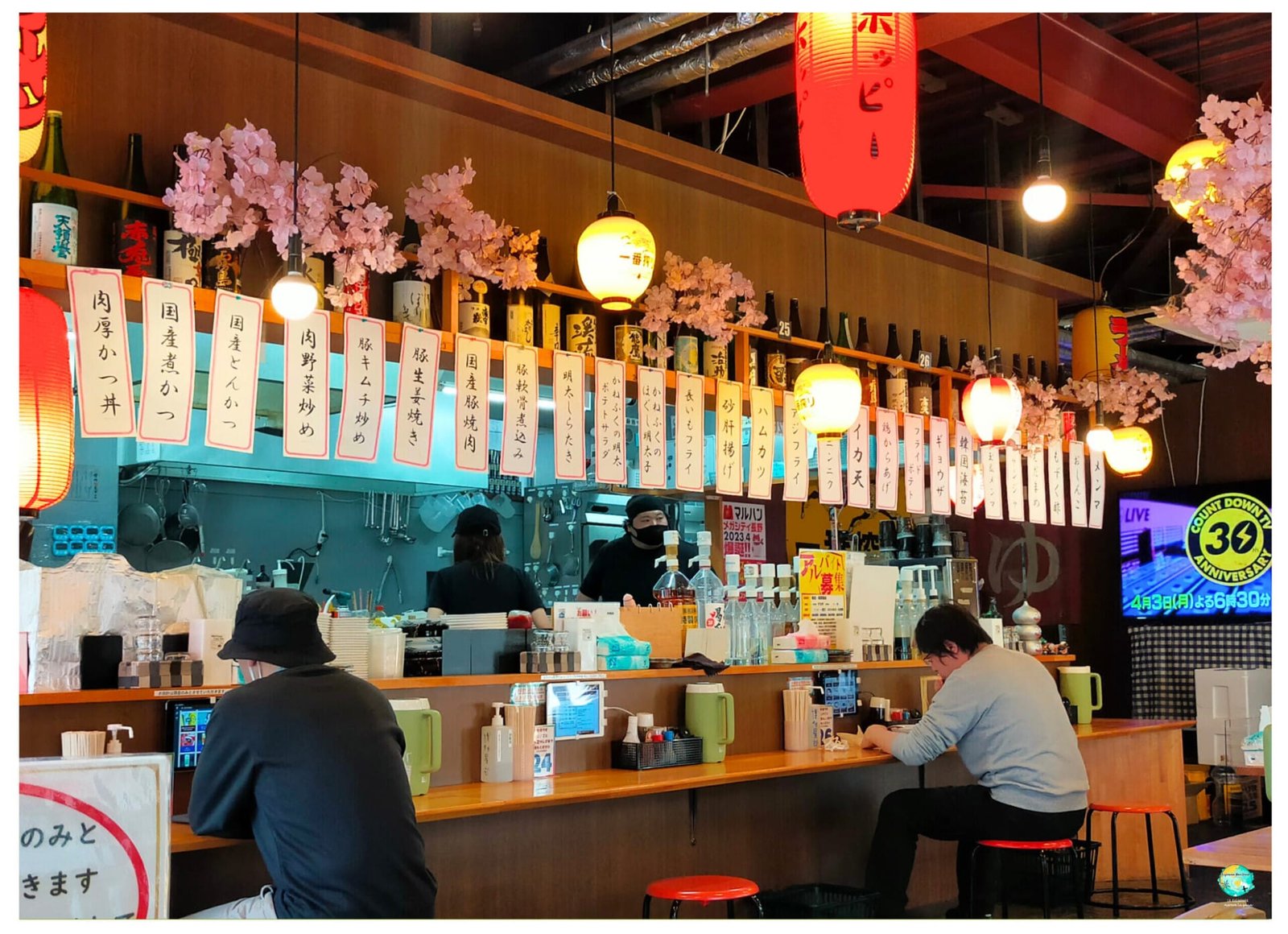
After reading this post about eating in Japan, your mouth is sure to be watering! So get ready to explore, try new flavours and enjoy a gastronomic experience that will remain etched in your memory. Itadakimasu!
We hope this information is useful to you.
If you have any questions, please feel free to leave us a comment or email us at info@experienceyourdream.com.au In addition, we invite you to subscribe to our blog to keep you up to date with all the news follow us on our social networks.












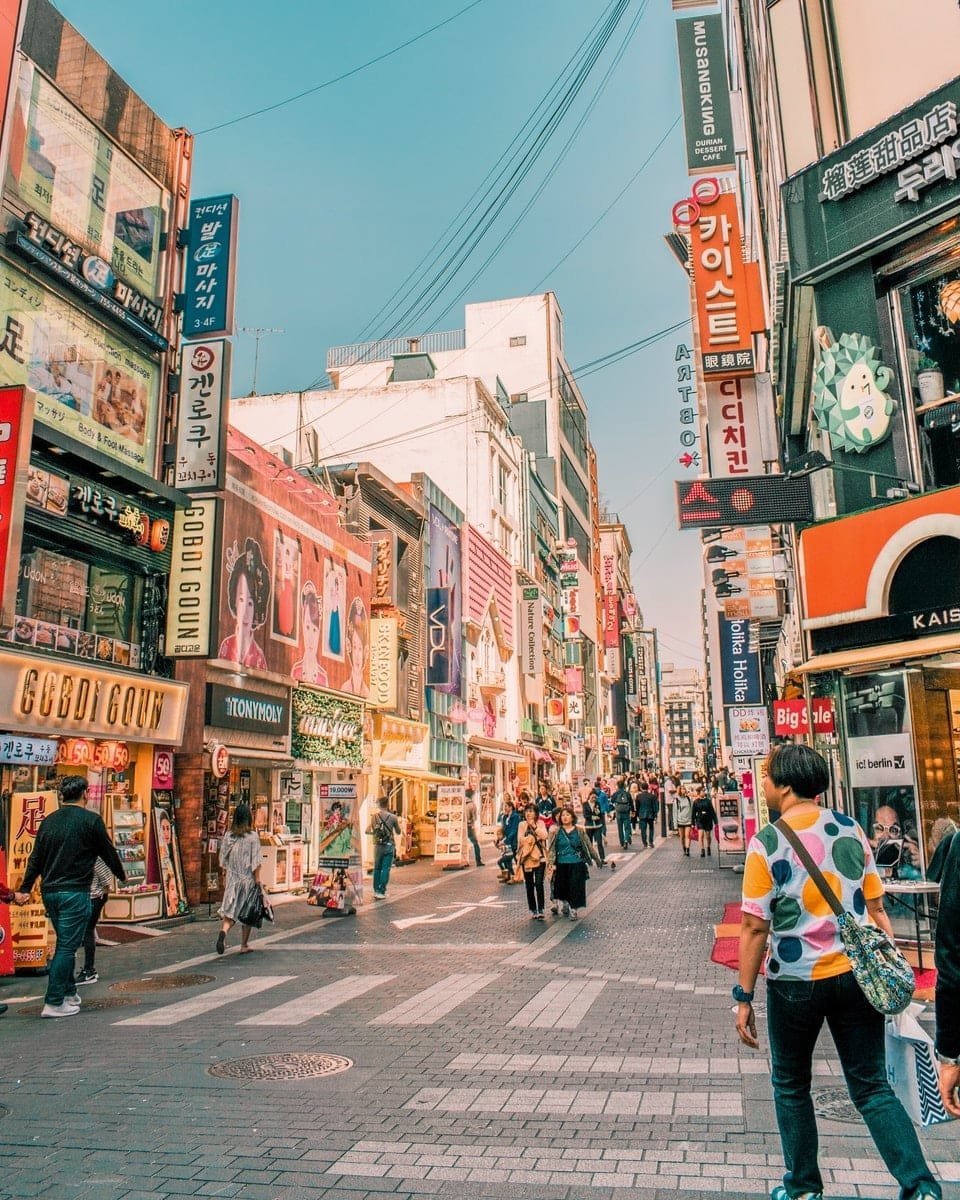
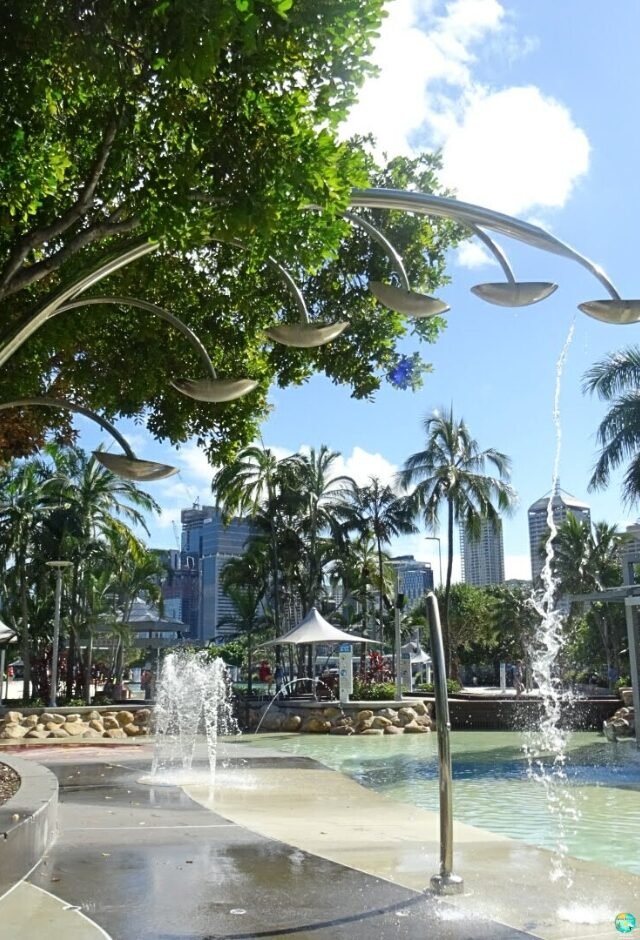




















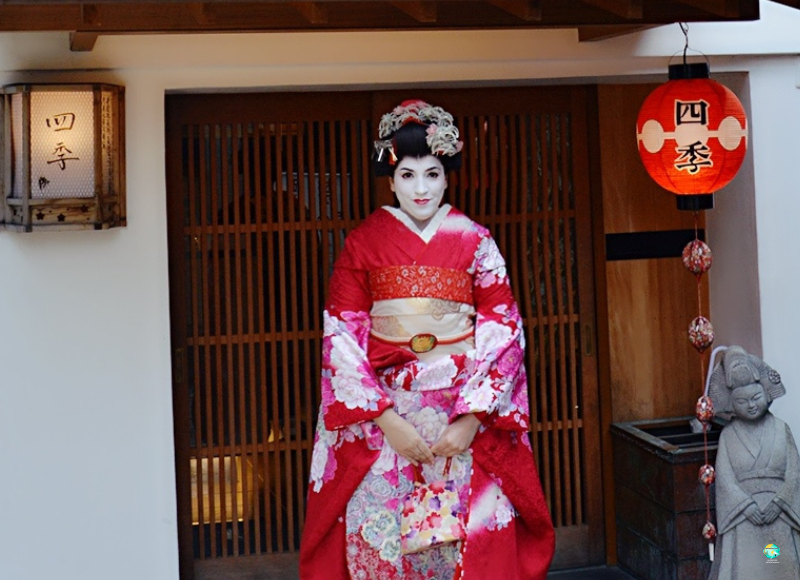

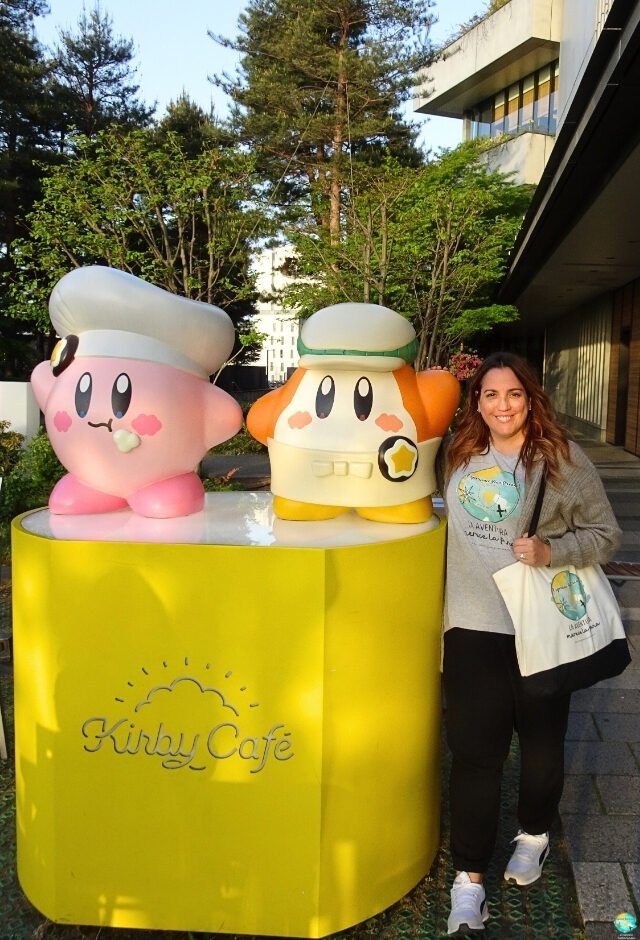






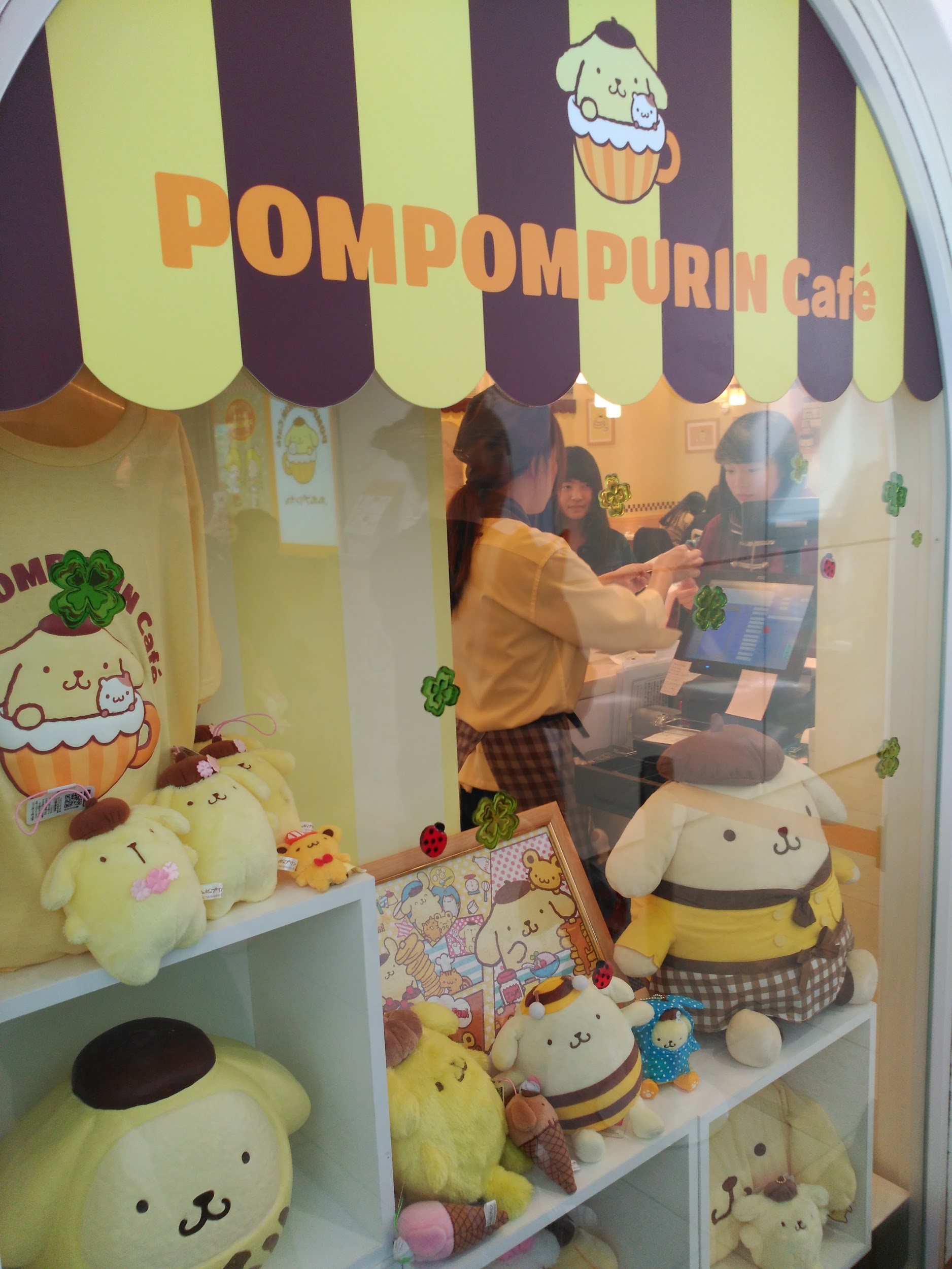
















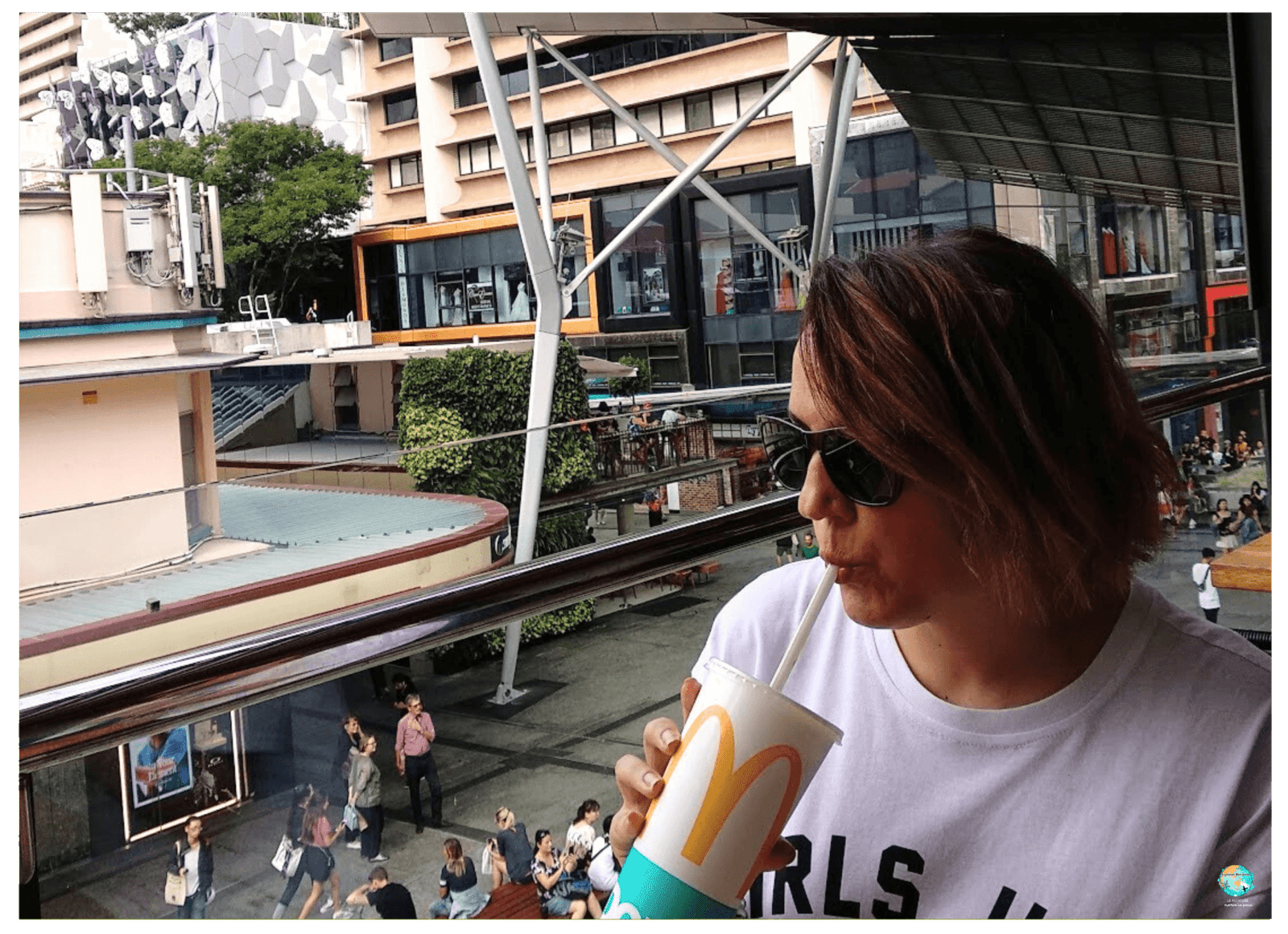





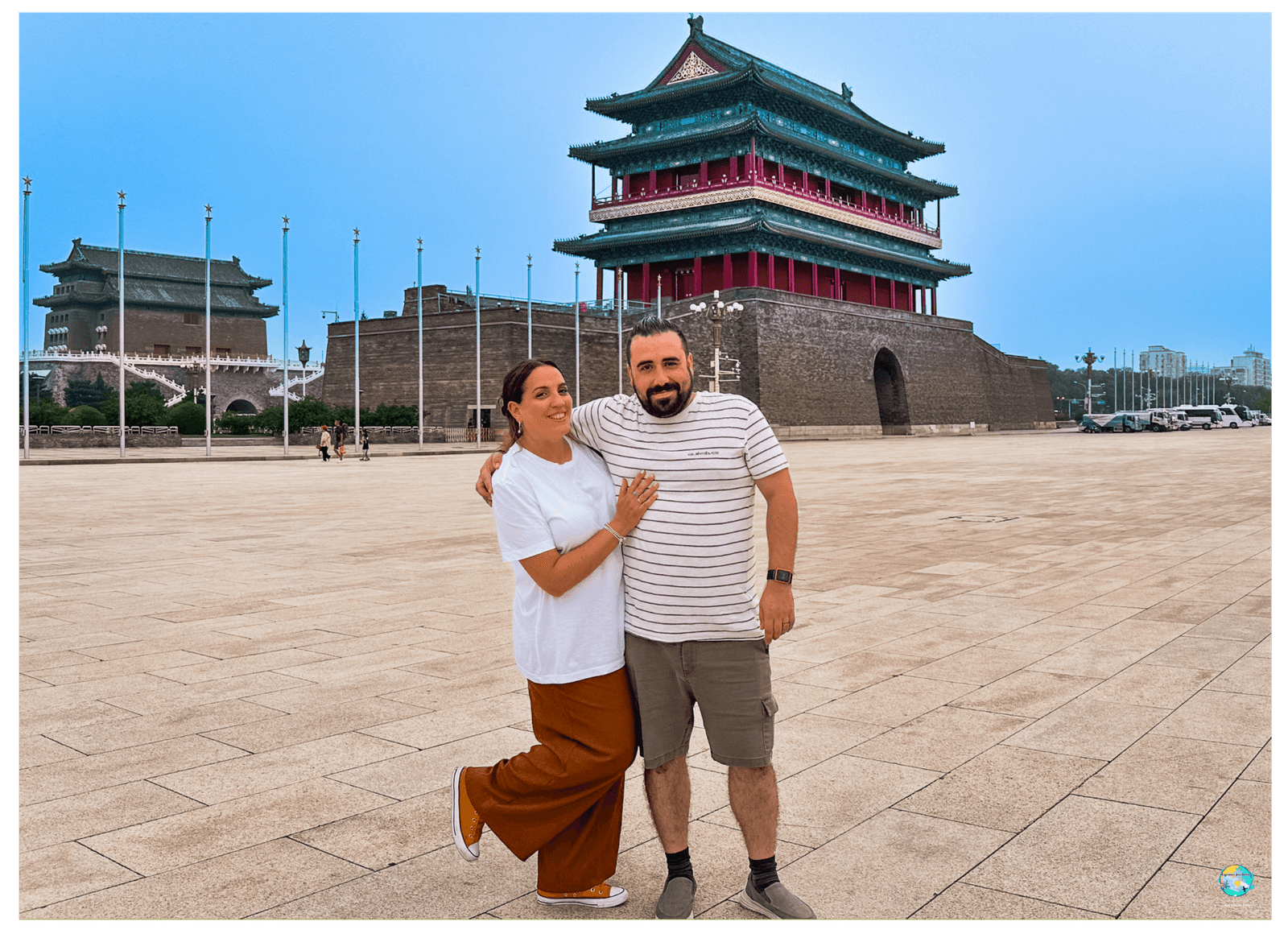

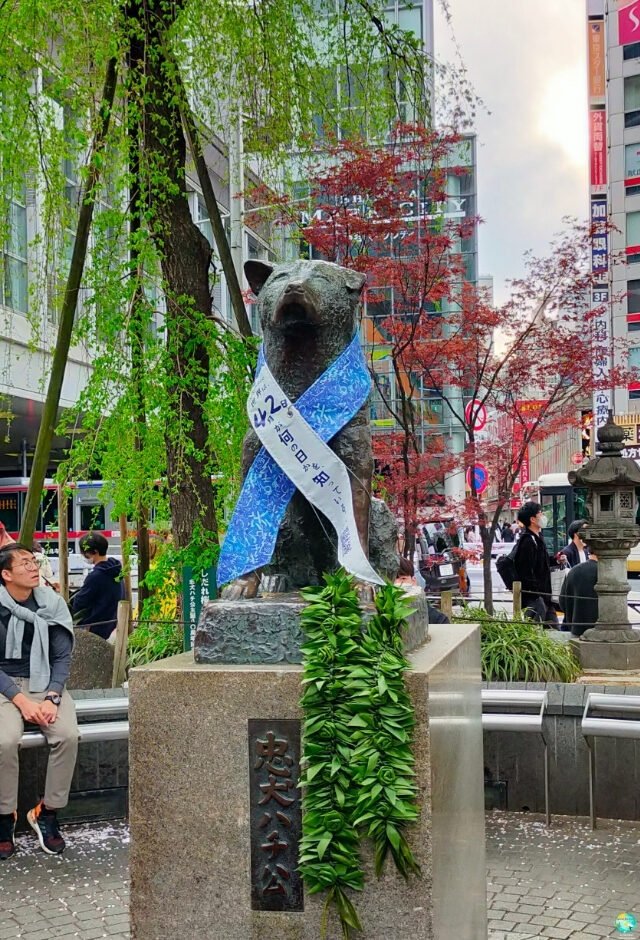
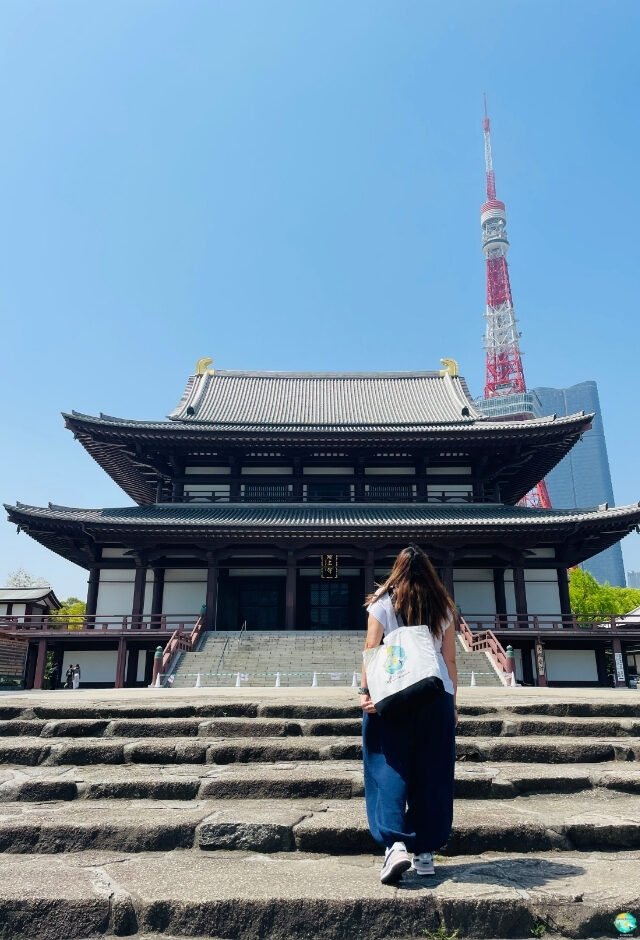



![Blog List Image ✈️ CÓMO ORGANIZAR UN VIAJE A NUEVA ZELANDA [ACTUALIZADO 2025]](https://experienceyourdream.com.au/wp-content/uploads/2025/06/Blog-List-Image-✈️-COMO-ORGANIZAR-UN-VIAJE-A-NUEVA-ZELANDA-ACTUALIZADO-2025.jpg)


















